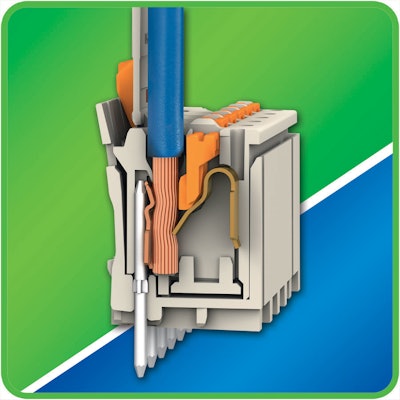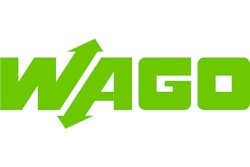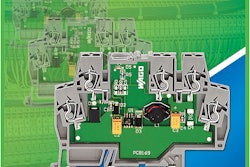
This content was written and submitted by the supplier. It has only been modified to comply with this publication’s space and style.
The Pluggable Connection System employs a dual-purpose spring design that applies the force of one CAGE CLAMP®S contact spring for superior connector integrity and connection strength. Results: up to 30% space reduction for wire-to-board applications, segment-leading vibration-resistance and absolute connection integrity in operating temperatures up to 125°C.
Form Drives Function:
picoMAX® is based on an all-new patented male header and female connector design. The dynamic contact force from one Cr-Ni stainless steel spring clamps conductors and connects the header pin. A truncated contact bridge separates the termination unit from header pin, minimizing contact resistance for absolute signal integrity. Applications: industrial electronics such as panel meters, controllers, data loggers and consumer electronics, e.g., garage door openers.
Intuitive Operation:
Terminations are simple: directly insert solid or ferruled conductors. Integrated push-buttons provide terminations for stranded conductors. Select units carry gripping plates with Sliding connector release. An unlocking tool is available for units without gripping plates.
picoMAX® is available in 2–12 pole configurations for wire-to-wire, wire-to-board, board-to-wire and panel feedthrough variants. It accommodates conductors 24–12 AWG and carries ratings up to 15 A/300 V. 3.5 mm, 5 mm or 7.5 mm pin spacing are available.


























